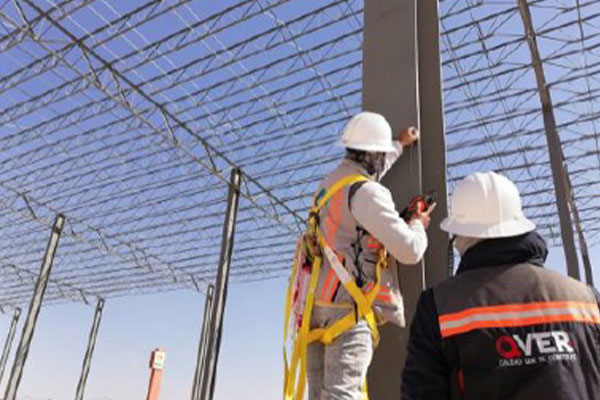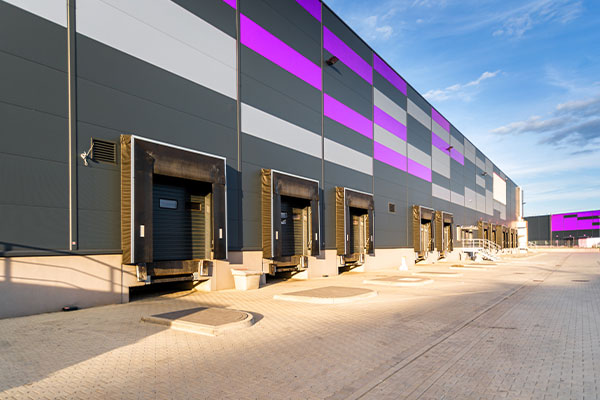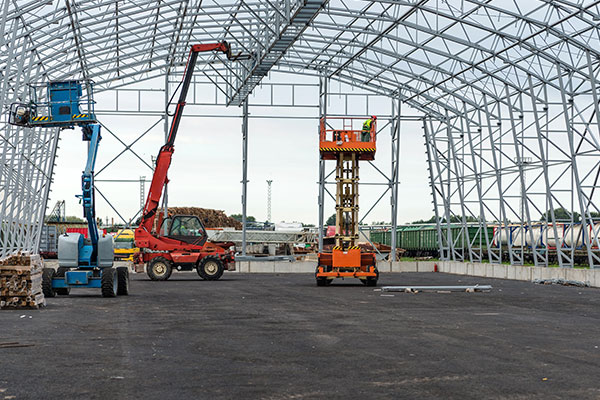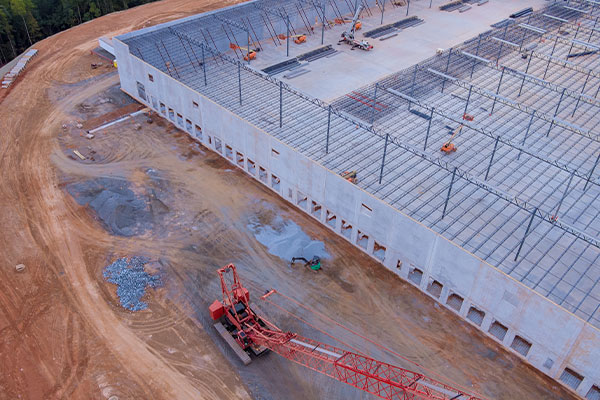Liquid penetrant testing is an essential tool for detecting surface damage in materials. This non-destructive testing technique is used to find defects, discontinuities, and anomalies in metallic and non-metallic materials. These problems are important to prevent future failures and more serious issues.Liquid penetrant inspection consists of five main steps: surface cleaning and preparation, application of the penetrant, removal of excess penetrant, application of the developer, and final inspection.
In the cleaning and preparation phase, it is crucial that the surface is free from any kind of contamination, such as grease or paint. Cleaning can be done by chemical means, using solvents for grease, alkaline or acid deoxidizers for oxides, and caustic products to remove paints.

After the penetrant is applied, it is essential to remove the excess from the surface to avoid causing false defects or masking cracks. Absorbent cloths or paper impregnated with solvents can be used for this purpose.
The developer is a white powder that is applied to create contrast between the surface and the discontinuities. After 5 to 15 minutes, the discontinuities will be visible to the naked eye. The final inspection confirms the test results.
In conclusion, liquid penetrant testing is an effective technique for detecting surface damage in materials. A careful process must be followed to obtain accurate results and avoid future problems.
In conclusion, quality management at Q-Ver is essential to ensure safety and efficiency in the industrial warehouse. Through the application of liquid penetrant testing, critical problems are resolved and the highest standards of quality in the industry are maintained. Liquid penetrant testing is a reliable and effective tool for detecting defects on material surfaces and is a crucial step in the process of ensuring structural integrity and safety in the industrial warehouse. Quality management at Q-Ver is dedicated to consistently and professionally applying this technique to achieve optimal results and ensure customer satisfaction.




